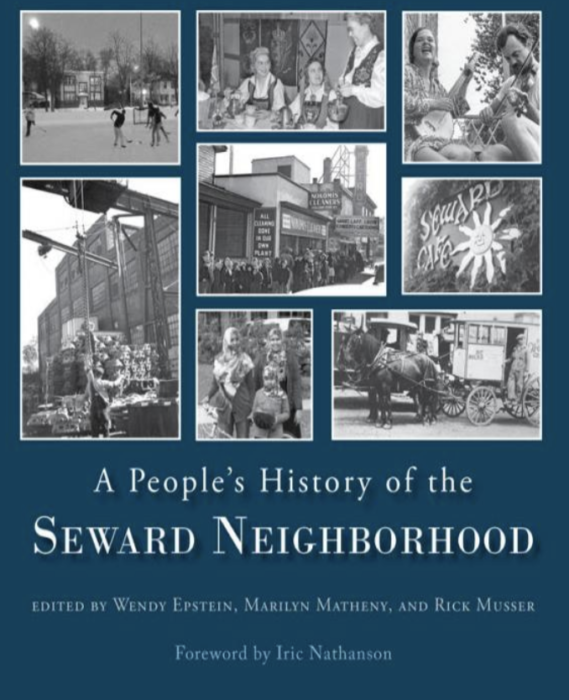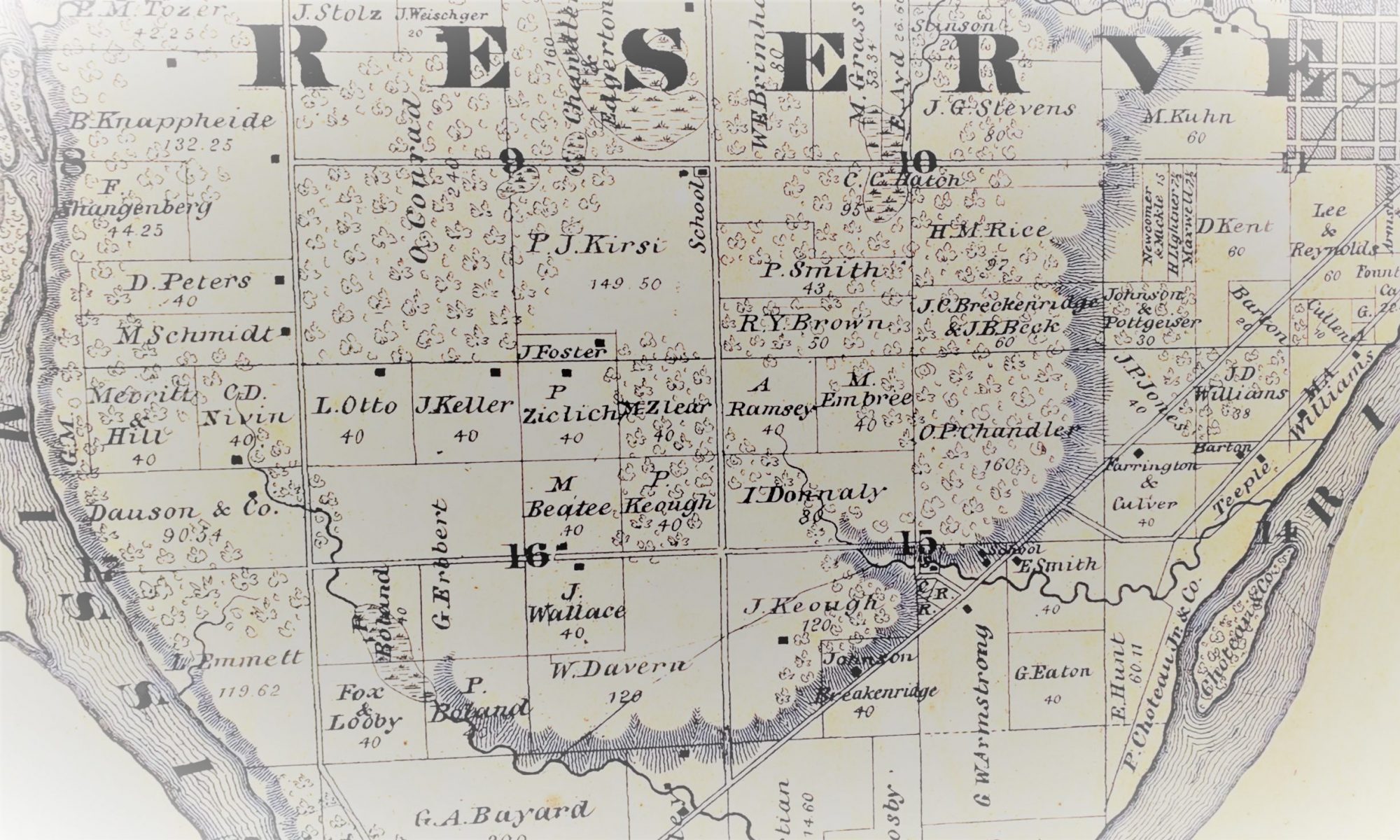
2018 saw the release of a book about Minneapolis’s past, A People’s History of the Seward Neighborhood. This book about Seward, a South Minneapolis neighborhood just west of the Mississippi River and south of Interstate 94, inspired the Highland Heritage Project. The book’s authors have been generous in sharing encouragement and advice with HHP. Seward is home to Milwaukee Avenue, two blocks on the National Register of Historic Places as representing the “common man’s architecture” popular in the later 19th century. Seward ‘s buildings also can show off scars from the violent, 1935 Flour City labor strike that spread from the factory into its residential streets.
The book is a well footnoted and thoroughly researched neighborhood history of this not-so-typical neighborhood. Seward has earned the title as one of the five best neighborhoods in the United States, awarded by the American Planners Association in 2017. Seward, with links to its Scandinavian tradition, has long been known for its working-class ethos, liberal politics, and community activism. It has been home to railroad porters and socialist agitators, a state governor and hippy bicycle mechanics, state-of-the-art recording studios and people’s co-ops.
The book itself has been in development for seven years by a dedicated committee of the Seward Neighborhood Group with the support of Minnesota Historical and Cultural Heritage grants through the Minnesota Historical Society. This collection of essays, written by Seward residents and often based on oral histories, tells the stories of the men and women who followed native Dakota trails from Fort Snelling to the Falls of St. Anthony, attended the State Fair during the years it was held in Seward, worshipped at local churches of several faiths and denominations worked in the local railyards or at Minneapolis Moline and swapped stories after work in the Hub of Hell’s notorious bars.
Chapters are devoted to parks and recreation, mom-and-pop stores, the changing architectural styles of the neighborhood, and the community efforts during the 1960s to defend its heritage against the onslaught of
government-mandated urban renewal. The concluding chapters trace the arrival of East African immigrants to the neighborhood—echoing and advancing the activist and communitarian energies that have brought life to
the neighborhood from the beginning.
Published by Nodin Press, A People’s History of the Seward Neighborhood is available from local bookstores
and on Amazon.
